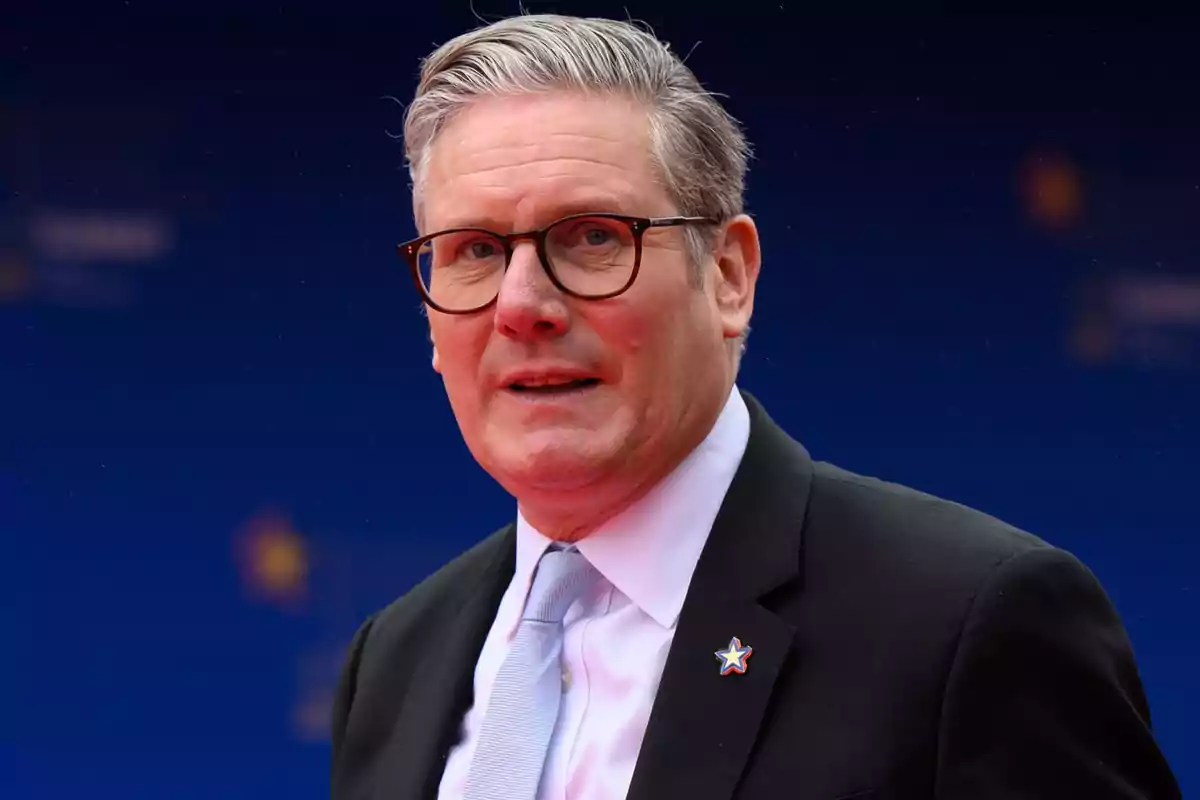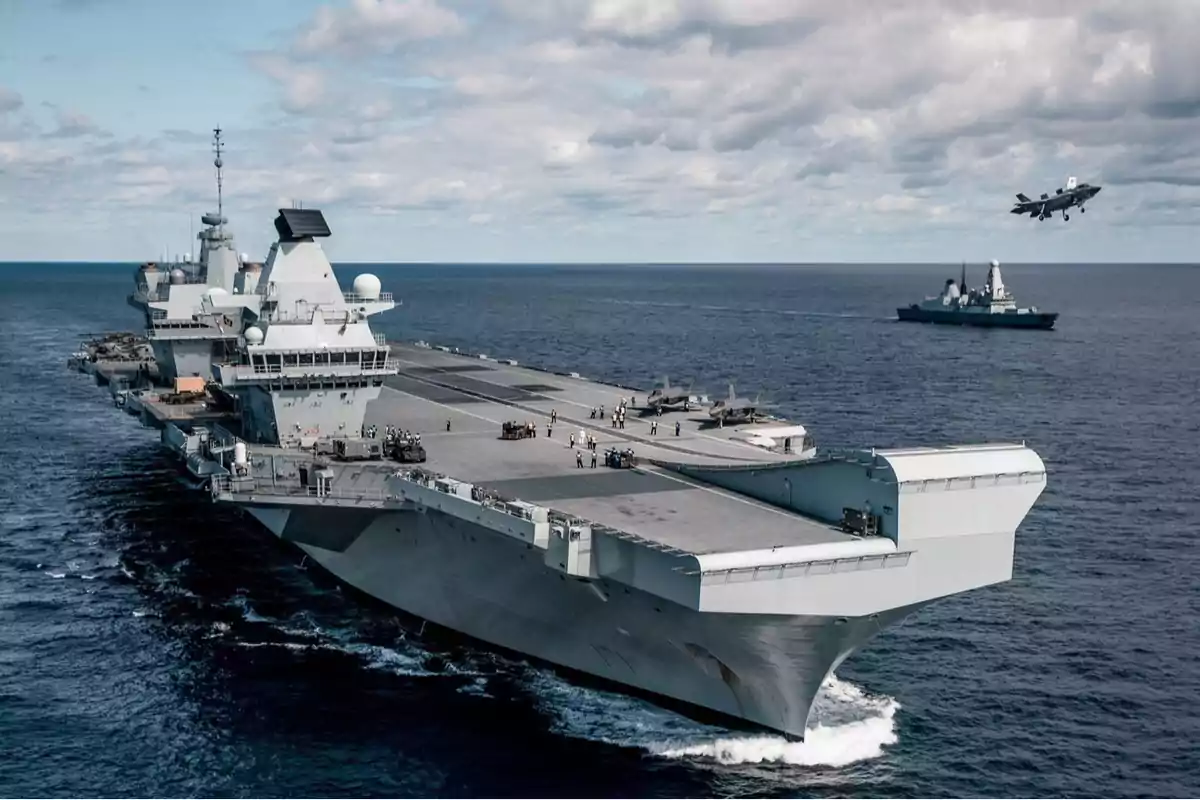
Starmer presented an aggressive defense strategy, and Great Britain is expecting a war.
The Prime Minister of the United Kingdom has presented a defense project in recent days with a view to a war in the medium term
British Prime Minister, Keir Starmer, presented the new United Kingdom Strategic defense Review this Monday at a shipyard in Glasgow, marking a clear shift toward a more aggressive and militarised national security policy.
With a markedly warlike tone, Starmer declared that the United Kingdom must prepare for an increasingly hostile international context and, consequently, enter a phase of "war preparation." He assured that his government will adopt a "combat-ready state" stance.
In his speech, Starmer emphasised that the United Kingdom faces the most serious threat since the Cold War, especially due to Russia's aggressive behaviour, and that all citizens "must do their part."

Nevertheless, despite the determined rhetoric, he avoided committing to a specific date to reach the promised 3% of GDP defense spending, an essential goal to finance the ambitious measures outlined in the review.
Among the most notable announcements, the British government promised:
- The construction of up to 12 new attack submarines under the AUKUS agreement with the United States and Australia, which will replace the current class of seven submarines starting at the end of the 2030s.
- An investment of 15 billion pounds sterling (about $20.3 billion) in the renewal of the British nuclear arsenal.
- The development of a military capability focused on autonomy, artificial intelligence, and unmanned systems, inspired by lessons learned from the conflict in Ukraine.
According to the review, future military units will be composed of 20% manned vehicles and 80% reusable or disposable systems (such as drones or missiles).

The Royal Navy will also reduce costs by opting for a simpler yet powerful fleet, and British aircraft carriers will become shared platforms with European allies.
Additionally, the United Kingdomwill strengthen surveillance of the North Atlantic with submarines and unmanned sensors to counter Russian movements.
Despite these commitments, Starmer did not clarify how he plans to finance this military transformation. Reaching 3% of GDP in defense would require an estimated increase of 13 billion pounds, a significant figure, especially in a context in which his government appears to be backtracking on other difficult decisions such as cuts to winter aid for pensioners or maintaining the two-child limit on social benefits.
Starmer justified his lack of commitment by stating that the increase in spending will depend on economic and fiscal conditions. However, this ambiguity has caused criticism, both from the opposition and within his own party, for not showing the determination he promised when abandoning what he called "patchwork politics."

The announcement comes just weeks before a possible update to NATO's military spending target. Currently, it is expected that at the upcoming June summit, allies will agree to raise military spending to 5% of GDP, a significant jump from the 2% agreed upon in 2014.
In this context, the United Kingdom's promise to reach 2.5% in the medium term (it currently spends approximately 2.3%) could fall short compared to allies such as Poland (4%) or the commitments of Estonia, Latvia, and Italy to approach or exceed 5%.
The defense review also acknowledges the structural problems of the British army: a force significantly reduced since the Cold War, with less than half the active military personnel in 1989, and a recent history of costly mistakes, failures in equipment acquisitions, and conduct scandals in conflicts such as Iraq and Afghanistan. In 1989, the United Kingdom spent 4.1% of GDP on defense.

The document, although visionary, was criticised by some analysts as overly optimistic. It is suggested that, by combining autonomous systems, AI, and "swarms of ground drones," the British army will be 10 times more lethal than it is today, a claim that Messmer considers more "marketing than reality."
Meanwhile, doubts persist about the United Kingdom's real deterrence capability, especially considering its dependence on U.S. supply chains and recent failures in nuclear missile tests.
More posts: